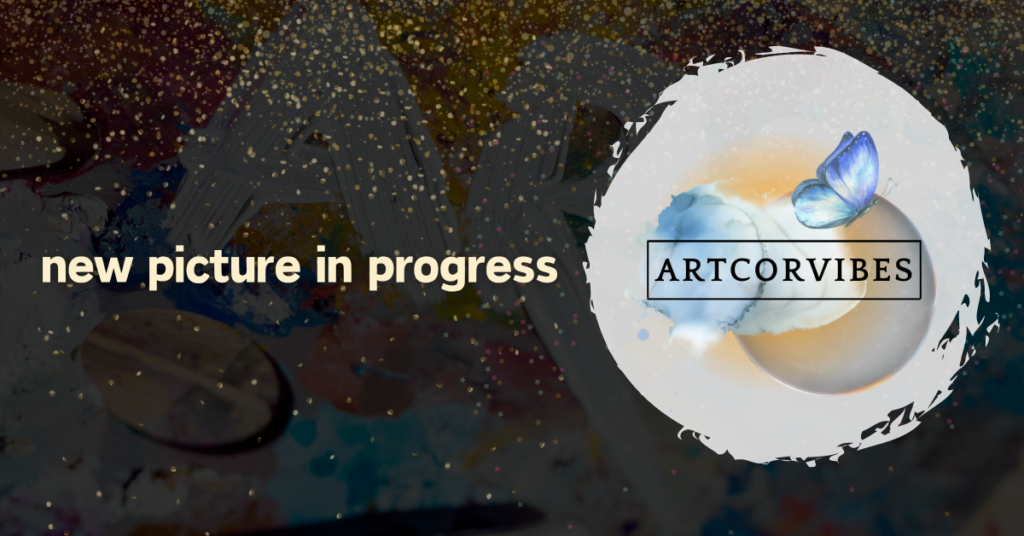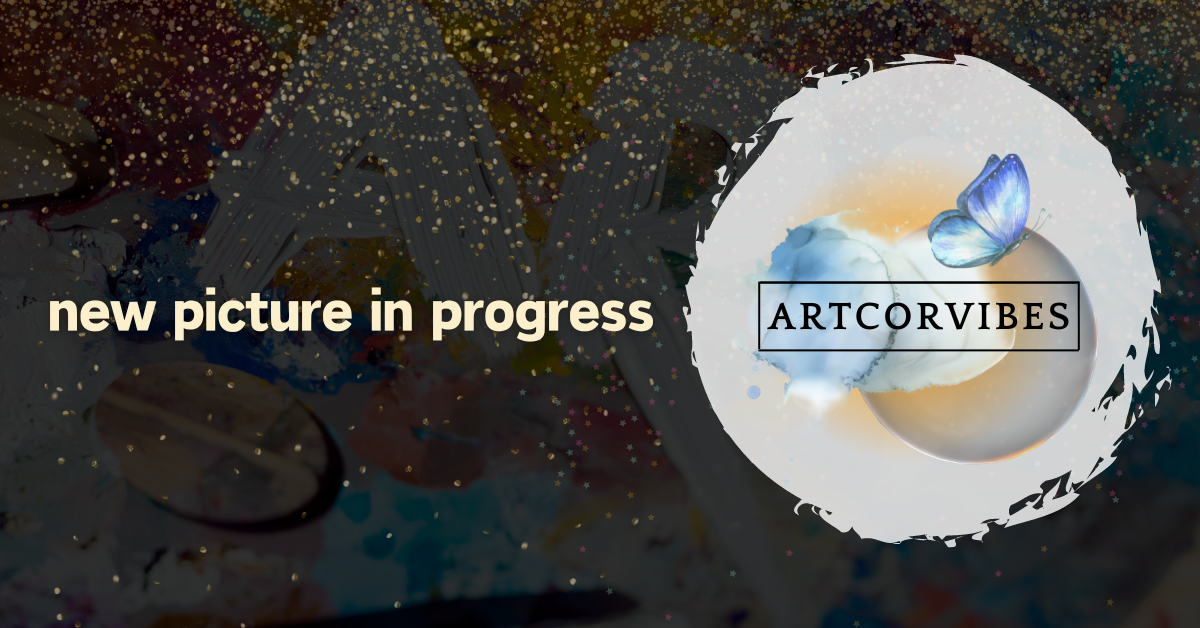In the realm of art, the concept of form provides essential assistance to artists in creating visually striking and meaningful works. As you explore more of the artistic world, you’ll observe that form is fundamentally present in numerous artistic creations. But what does form mean in art? In basic terms, form refers to the physical attributes of an artwork, including its dimensions, design, and spatial occupation. This can be evident in three-dimensional works like sculptures and installations, or it might be represented as a depiction of three-dimensionality in two-dimensional pieces like paintings and sketches.
The Role of Form in Art
Understanding the concept of form in art allows you to better appreciate the skill and creativity of artists, as they manipulate elements of form to achieve their desired effect. For instance, an artist might use form to give a sense of depth and realism to their work, or to express certain ideas and emotions.
By knowing what form is and how it works, you will be well-equipped to delve deeper into the fascinating world of art and develop a more profound understanding of various artistic styles and techniques.
Definition of Form in Art

In art, “form” can either depict actual three-dimensional objects, like sculptures and installations, or it can create an illusion of three-dimensionality in two-dimensional works, such as paintings and drawings. Artists skillfully use shading, texture, and other techniques to add depth and give a sense of form to their creations, making them appear more lifelike and compelling.
There are two main categories of form in art: geometric and organic.
Geometric forms consist of shapes like circles, squares, rectangles, and triangles, which can be easily recognized. Organic forms, on the other hand, are more natural and fluid in appearance, often inspired by nature and living things.
Here are some techniques artists use to depict form in their work:
- Contrast and shading: Shades and highlights emphasize the three-dimensional quality of the subject. Darker tones suggest depth, while highlights indicate areas closer to the viewer.
- Perspective: Artists use perspective to create the illusion of depth on a flat surface. Linear perspective, for example, illustrates objects appearing smaller as they recede into the distance.
- Texture: The surface detail of an object, such as rough or smooth areas, can help convey the form and solidity of the subject.
- Color: Changes in color, like lighter and darker hues, help create the illusion of three-dimensional form.
By understanding the concept of form in art, you can better appreciate the skill and creativity involved in producing visually captivating and realistic works. Next time you admire a piece of art, take a moment to observe how the artist has skillfully represented form, and see the artwork in a whole new light.
Elements of Form

Shape
In art, shape refers to the two-dimensional area made by the boundaries of an outline or defined by other visual elements, such as lines or colors. Shapes can be geometric, like squares and circles, or more organic, such as the contour lines of a leaf or an animal.
To enhance your artwork, play around with a variety of shapes, both simple and complex, to create depth and visual interest. Experimenting with shapes can help you achieve various effects and moods in your work as well.
Volume
Volume is the three-dimensional space that an object occupies. This concept is especially important in sculpture and installation art, where artists must carefully consider the size, mass, and proportions of their work.
In two-dimensional art, techniques like shading and perspective can help create an illusion of volume and depth. By skillfully manipulating volume, you can guide the viewer’s eye through a piece and create a sense of movement or depth.
Space
Lastly, space is the area within or around objects in a work of art. Space can be positive, occupied by an object, or negative, which is the area surrounding the object. Properly managing space helps to create balance and harmony in your work.
In two-dimensional art, techniques such as overlapping and size variation can create an illusion of depth. In three-dimensional art, the arrangement of components like length, width, and depth contribute to the overall form.
Remember, understanding and incorporating these elements of form into your own artwork can greatly elevate your artistic expression. Continue to explore and experiment with shape, volume, and space to refine your skills and create visually engaging works of art.
Types of Form in Art

Geometric Forms
Geometric forms are precise, mathematically consistent shapes that are mostly man-made. Common geometric shapes include circles, squares, rectangles, triangles, and more complex forms like spheres, cubes, pyramids, cones, and cylinders.
When you come across artwork with geometric forms, you’ll notice the sharp angles and straight lines. These forms often evoke a sense of stability, order, and symmetry. Many artists from the Constructivist movement employed geometric forms to create their masterpieces.
Organic Forms
Organic forms, on the other hand, are more natural and fluid, mimicking shapes found in nature. These forms tend to have curves and free-flowing patterns, which can create a sense of movement and liveliness in the artwork. Often, organic forms are not as easily defined as geometric forms, due to their irregular shape.
Much of the inspiration for organic forms comes from nature – think about the leaves on a tree, the curves of a seashell, or the contours of a human body. Artists such as Georgia O’Keeffe were known for incorporating organic forms into their work, often using them to represent growth and change.
Abstract Forms
Abstract forms are a combination of both geometric and organic forms and often defy easy categorization. In abstract art, artists manipulate forms to evoke emotions, concepts, or ideas that may not be directly tied to the physical world.
When encountering abstract forms, you’ll often find that the artwork challenges your perception and understanding of reality. Bold, expressive artworks from artists like Piet Mondrian and Jackson Pollock are great examples of abstract form in art, as they push the boundaries between recognizable shapes and complete abstraction.
As you explore different types of form in art, remember that these categories can overlap and interact in various ways. Don’t be afraid to let your imagination guide you through the fascinating world of art forms.
Function of Form in Artistic Expression

Form is a crucial element in artistic expression, as it brings a sense of three-dimensionality and depth to a piece of art. In essence, form refers to the height, width, and depth of an object, be it a sculpture, installation, or an illusion of three-dimensionality in a two-dimensional work.
To better understand how form functions in art, let’s take a look at some techniques and approaches artists employ:
- Light and shadow: By skillfully employing light and shadow, artists can create the illusion of form in their works. This technique is especially important in two-dimensional art, where it’s necessary to convey a sense of three-dimensional depth to the viewer.
- Lines and shape: Whether geometric or organic, artists use lines and shape to delineate the underlying structure of a form. This helps convey the sense of solidity and volume in an artwork.
- Texture and surface: Artists apply different textures and surface treatments to emphasize the form in their work. Smooth surfaces and rough textures can create contrasts that accentuate the three-dimensional quality of an object or scene.
As you explore art, you’ll discover that form plays an essential role in shaping the overall narrative and visual impact of a piece. The artist’s ability to manipulate form adds nuance and depth to their work, inviting the viewer to experience the artwork on multiple levels.
So, next time you encounter a piece of art, take a moment to appreciate the way form contributes to its overall effect.
Exploring Three-Dimensional Form in Sculpture

When examining sculptures, you will notice that form plays a significant role in this type of art. In contrast to shapes that are traditionally two-dimensional, form is three-dimensional and includes height, width, and depth.
To better comprehend form, think about the shapes an artist might use to create a sculpture. In a three-dimensional work of art like a sculpture, structure, and arrangement of these shapes are crucial to its impact. Artists often experiment with elements such as length, width, and depth to achieve varying effects in their work.
Here’s a list of aspects to observe while appreciating the form in sculptures:
- Shapes: Observe the distinct shapes and how they are arranged. Are they geometric, organic, or abstract?
- Scale: Pay attention to the size of the sculpture. Is it large and commanding or small and intricate?
- Balance: Assess how the shapes interact with each other. Is the sculpture symmetrical, or does it feature an asymmetrical balance?
- Materials: What materials has the artist chosen for this particular sculpture? Sometimes materials can enhance the form, for example, bronze versus marble.
- Texture: Take note of the surface texture. Is it smooth, rough, or varied? Texture can impact the perception of a sculpture’s form.
By paying attention to these elements, you will improve your understanding of form in sculpture. Whether observing a traditional piece of art or a contemporary sculpture, the insights you gain from analyzing the form can help you appreciate and engage more with the piece on a deeper level.
How do you perceive shapes? Let us know in a comment.
What is form in art for children?
Form in art for children refers to the shape and structure of things, like a round ball or a tall cylinder. It’s about how the shapes can be 3D, like clay figures or building blocks, and not just flat like a drawing.
What is form in art examples?
Examples of form in art include sculptures, 3D installations, and architectural structures. In two-dimensional art, form is implied through the use of perspective, shading, and lighting to create the illusion of three-dimensionality.
Who are famous artists in the field of form in art?
Famous artists known for their use of form include Michelangelo (sculpture), Henry Moore (abstract forms), Pablo Picasso (cubist forms), and Frank Gehry (architectural form). Their works explore various dimensions and perspectives of form in art.






